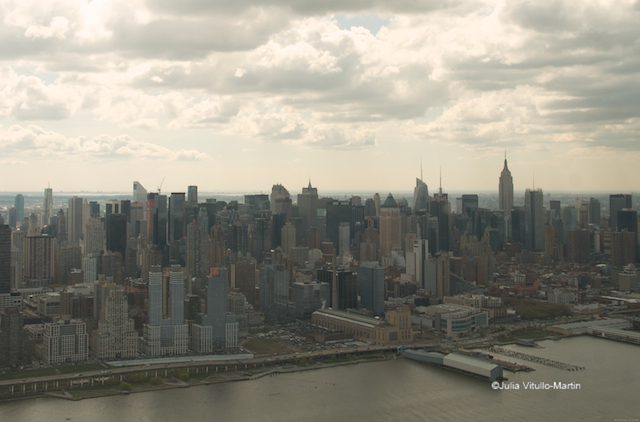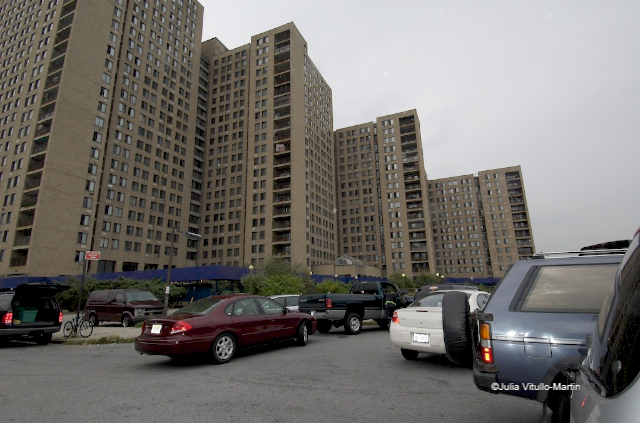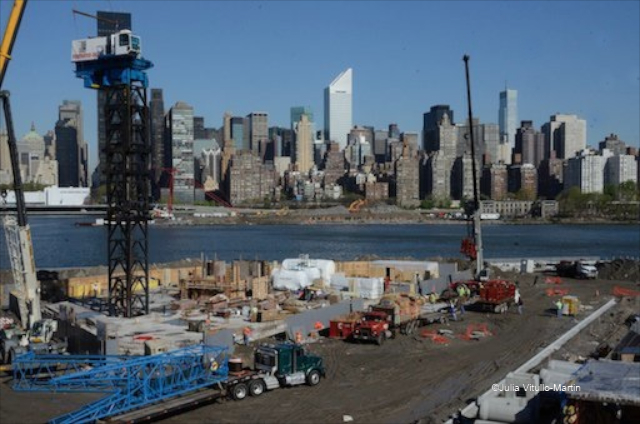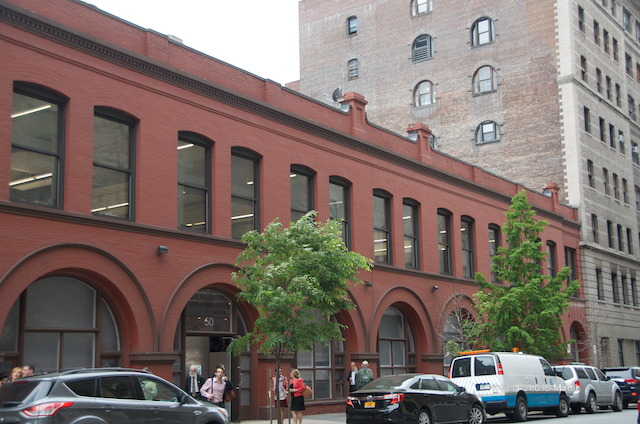
“Nimbyism is a gift of the ’60s,” announced Xavier de Souza Briggs, the Ford Foundation’s Vice President of Economic Opportunity and Assets, waking up any slumbering audience members at the Municipal Art Society’s May 28th conference, Ideas for New York’s New Leadership, based on an MAS book. In the 1960s the public learned how to stop projects. Today’s challenge, says Briggs, is to figure out public engagement processes that lead to agreement and accomplishment. In other words: let’s get something done!
In a sense, that’s what most of the morning’s speakers were reaching for—how to hang onto important principles of neighborhood autonomy and democratic action while moving forward an agenda of affordable housing and economic equity. City Planning Chair Carl Weisbrod, for example, fully recognizes the difficulty of implementing Mayor de Blasio’s ambitious affordable housing program, but proposes that the promise of greatly improved city services will offset neighborhood fears about big development. He’s even hoping the 15 neighborhoods targeted for development will embrace density once they understand the promised benefits, saying about one of the chosen 15,
“We believe East New York now welcomes increased density because it understands the benefits that it can bring.” East New York was left behind, says Weisbrod, even though it is a transit-rich area offering an easy 30-minute commute to Lower Manhattan and Downtown Brooklyn. Density can bring better retail and a livelier street environment, as well as the affordable housing that will permit long-term residents to stay in their neighborhoods.

Weisbrod also singled out Rockaway Beach and Rockaway Park in Queens as one of the 10 neighborhoods badly hurt by Superstorm Sandy, and needing a “consensus vision” that will be developed with the community. The problems are many. For example, not only were existing commercial corridors in the Rockaways badly damaged by Sandy, most of the large developments have no commercial whatever, leading to a dreary or dangerous street life.
Audience members—mainly New York’s movers and shakers in planning and architecture—were receptive to Weisbrod who, after all, had as chief of Trinity Church’s real estate holdings helped reinvigorate the very neighborhood, Hudson Square, in which the conference was being held. But there is an underlying difference: while Hudson Square had been neglected and allowed to deteriorate in the 1970s and 1980s, it was surrounded by successful Manhattan neighborhoods. Mayor de Blasio’s team is intent on bringing the same level of success and revitalization to far more troubled communities.

Going to the heart of one of New York’s most serious jobs problems, Briggs asked an interesting question: Why are so many people who live in public housing near the waterfront not employed on the waterfront? He mentioned some possibilities, including unions, labor recruitment, social isolation, and institutional lethargy. Weisbrod had already cited the city’s historic decline in manufacturing, which was elaborated by Brooklyn Councilman Brad Lander: “Our historic ideas of economic development and growth come from the ’50s and ’60s, when we thought you could promote growth that would work for everyone. But when the city was transformed by its loss of manufacturing, we got a more unequal model of the economy, which the city promoted and stoked for decades, creating new jobs but amplifying inequality. Now we have to drill down and see how we can create good jobs and make growth work for neighborhoods.”
Is that possible? Briggs thinks so, but he says two things are crucial: one is learning, the other is bargaining. “If you’re going to take a set of disparate voices and not end up with an impasse,” he said, “people will have to re-imagine what they want. Bargaining is necessary because some people will conclude that their interests may be different.” Smiling, he asked, “Will inclusive integration be something New York City teaches the rest of the world to do?”

Julia Vitullo-Martin is a senior fellow at the Regional Plan Association. Get in touch with her @JuliaManhattan.





